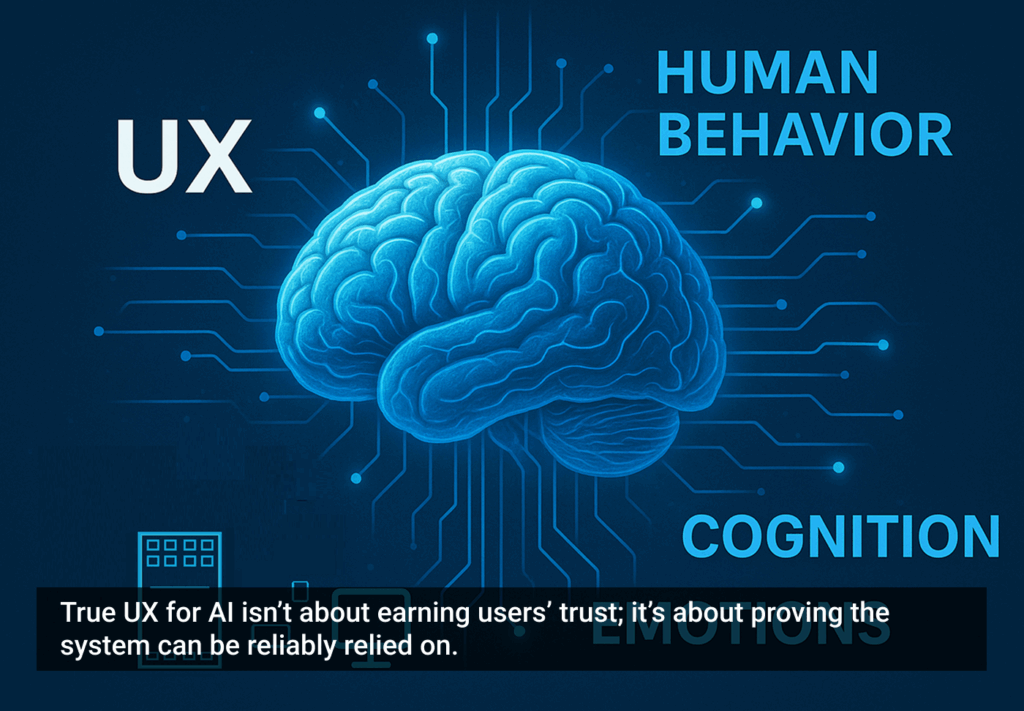This article introduces a sample chapter from the authors’ new book, 100 Things Every Designer Needs to Know About People. You can download two sample chapters, entitled “How People See” and “What Motivates People,” and you can also enter to win one of five free copies in a UX Magazine giveaway.
Whether you’re designing a website, a medical device, or something somewhere in between, your audience is comprised of the people who will benefit from that design. And the totality of your audience’s experience is profoundly impacted by what you know—or don’t know—about them.
We design to elicit responses from people. We want them to buy something, read more, or take action of some kind. Designing without understanding what makes people act the way they do is like exploring a new city without a map: results will be haphazard, confusing, and inefficient. 100 Things Every Designer Needs to Know About People combines real science and research with practical examples to deliver a guide every designer needs. With it you’ll be able to design more intuitive and engaging work for print, websites, applications, and products that matches the way people think, work, and play.
Learn to increase the effectiveness, conversion rates, and usability of your own design projects by finding the answers to questions such as:
- What grabs and holds attention on a page or screen?
- What makes memories stick?
- What is more important, peripheral or central vision?
- How can you predict the types of errors that people will make?
- What is the limit to someone’s social circle?
- How do you motivate people to continue on to (the next step?
- What line length for text is best?
- Are some fonts better than others?
These are just a few of the questions that the book answers in its deep-dive exploration of what makes people tick.





